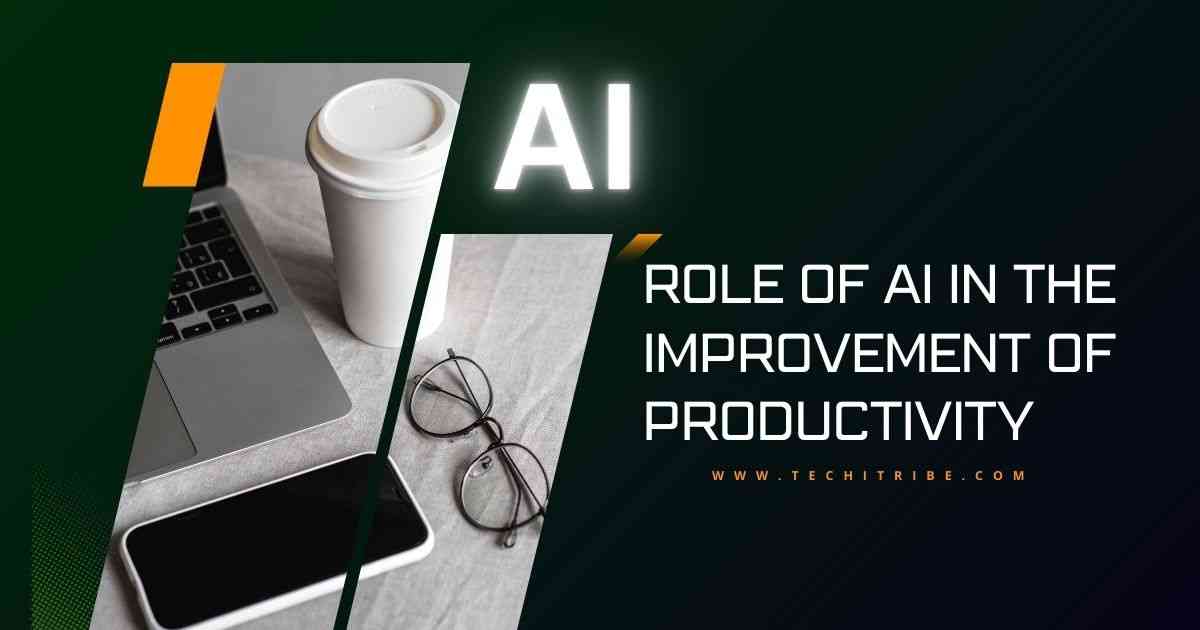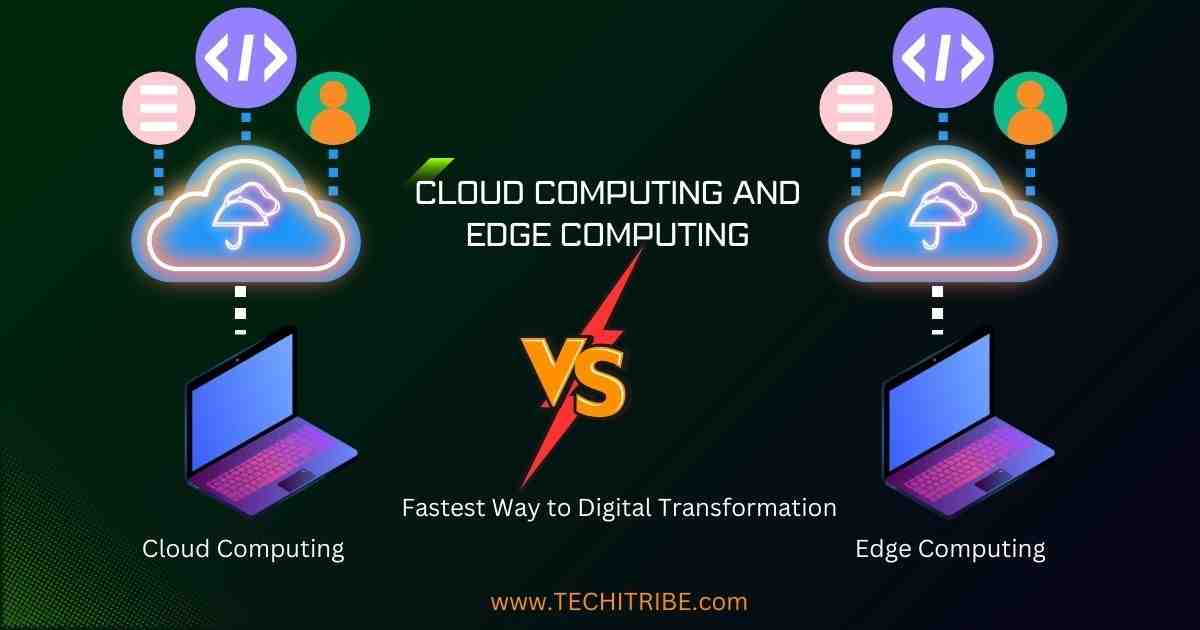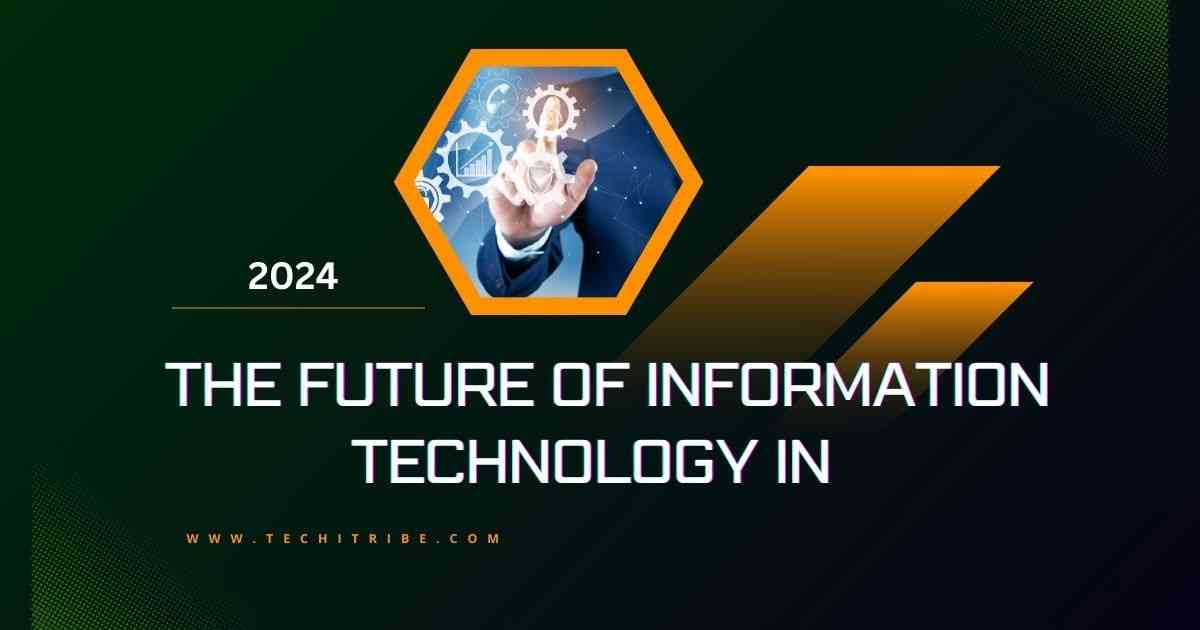Future of Information Technology, Information Technology (IT) has always been changing. It is in this respect that the trends of 2024 are marked by a wonderful convergence of innovation, efficiency, and adaptability. From artificial intelligence to sustainable practices, IT is moving boldly forward to meet the growing demands of a digital world while simultaneously addressing concerns over security and environmental impact. This article is deep into the latest trends and acts as a roadmap of what businesses, developers, and IT professionals can expect in the near future.
AI and Automation: The Backbone of Modern IT, Future of Information Technology
Future of Information Technology, As 2024 Unfolds, artificial intelligence and automation remain central to IT, reshaping everything from business processes to customer interactions. AI has evolved beyond simple data analysis and has become an integral part of decision-making and predictive insights.
Intelligent Automation for Efficient Operations: Future of Information Technology
In 2024, AI-Driven automation will make some tasks that would take all day to accomplish by sorting out data and helping in the customer support streamlines their workflow and becomes more efficient. Intelligent automation is simply the union of the analytic power of AI with RPA. Intelligent automation would help businesses optimize their processes and enhance their productivity in the workplace.
Automated Insights: The tool which was passive can now get active by telling businesses at what point it needs some strategy by getting insights of real-time data analysis thus helping businesses adjust and respond appropriately to the current changes.
Improvement of Customer Interactions: The chatbots and virtual assistants take care of customers’ queries effectively, which makes it possible for human agents to deal with the more complex ones.

Role of AI in the Improvement of Productivity
The integration of AI in IT systems has been very helpful. Debugging, code generation, and even testing tools now help developers and IT teams in the task at hand, leaving them only with the complex issues.
Coding Assistants: Platforms like GitHub Copilot transform how developers code. They can actually prevent the occurrence of some errors, thus making better code quality.
Predictive Maintenance: In the industry of high reliance on IT hardware, AI-based predictive maintenance tools alert teams of impending problems before they become an issue. This will result in minimal downtime and less expenditure.
Also Visit on This Link: Low-code and No-code: Welcome to the New Age of Development
Improved Cybersecurity Protocols Addressing Sophisticating Threats
With increasing cyber threats, the search for a strong cybersecurity system is the norm for companies of all sizes. IT, 2024 emphasizes building more resilient systems, proactive defense mechanisms and enhancing trust in user data handling practice.
Zero-Trust Architecture: The Security Revolution
Zero-trust architecture is one such principle that has become part and parcel of the mainstream cyber security paradigm based on “never trust, always verify.” In other words, just as the old traditional models do not believe internal networks zero-trust requires authentication each point of access.
Identification: Zero trust protocols confirm the identity of users coupled with the integrity of each device. Therefore, access to unauthorized applications reduces at the risk rate.
Micro-Segmentation: This approach breaks up the network resources into smaller divisions, so even if one part is breached, attackers find it challenging to laterally move across systems.
AI in Cyber Defense: Real-Time Threat Detection
AI has become an application in cybersecurity. Machine learning algorithms can detect unusual patterns and anomalies indicative of cyber threats. Organizations can then respond to the potential security breaches in real-time, which would minimize damage.
Automated Threat Response: AI systems automatically identify, assess, and neutralize security threats; analysts are freed to formulate overall strategy.
Behavioral Analytics: Analyzing the patterns of user activity helps detect anomalies such as log in attempts from locations where someone has never tried before, or unusual access patterns could be a potential sign of a security threat.
Data Privacy Measures: It transcends mere compliance
In these times of ever-tough regulatory requirements around data protection, stronger privacy controls are being integrated into IT departments. From encrypting and anonymizing data to secure protocols for sharing, organizations are securing their business while gaining customers’ trust, which is important for meeting international standards of compliance.

Cloud Computing and Edge Computing: Fastest Way to Digital Transformation
Future of Information Technology, Cloud computing has been at the heart of IT for over a decade now. But 2024 sees it evolving along with the advent of edge computing, thus bringing a more flexible and responsive IT landscape with applications across various industries.
Hybrid Cloud Models: Best of Both Worlds
Hybrid cloud solutions are gaining momentum because there is a need to achieve scalability, as found in public clouds, coupled with control that is ensured in private clouds. In this manner, companies are able to address regulatory needs and optimize their resources.
Cost Effectiveness: Hybrid models will allow a firm to minimize costs through leveraging public cloud resources for peaks while sensitive data remain on private servers.
Flexibility and Scalability: A hybrid cloud model would allow businesses to scale their resources according to demand, making it a very effective solution.
Edge Computing: Edge Computing moves data processing closer to the generation. This reduces latency and bandwidth utilization and results in an edge solutions application for businesses that handle fast processing, for instance, healthcare, and finance.
5G and Edge Computing: As 5G emerges, so do the powers of edge computing. It is great in supporting real-time applications like augmented reality and self-driving cars.
IoT and Edge: IoT devices will require edge computing in order to process data locally. This will be good for smart cities, health, and manufacturing.
Quantum Computing: A Future Glimpse
Quantum computing is yet in its experimental stage, and when it matures, it is going to revolutionize IT. It is going to give processing power that cannot be equaled by the normal computer. This enables them to solve problems the normal computer cannot hence becoming a game-changer in areas such as cryptography and complex modeling.
Investment and Research in Quantum Technology: Future of Information Technology
In 2024, Google, IBM, and Microsoft are spending immense amounts of money doing research on the quantum technology- conducting some pilot studies in real-world applications.
Pilot Programs. The financial and pharmaceutical industries are also looking into quantum computing for massive data analysis and simulations to be done. Quantum computing is thought to have unbreakable encryption.
Quantum Cryptography
Now that quantum computers can crack encryption, new standards and methods in protecting data are bound to emerge.
Cloud Access to Quantum
Several companies have proposed cloud computing platforms to reach out the quantum capabilities so that researchers and developers can work on their algorithm and testing scenarios.
Sustainable IT Practices: A Greener Approach, Future of Information Technology
Future of Information Technology, Sustainability is the new buzzword for most organizations, and the IT departments are now looking at eco-friendly solutions. It ranges from energy-efficient data centers to sustainable coding practices. IT in 2024 is more about making a greener environment.
Green Data Centers
These centers do consume lots of energy; however, companies now invest in green technology for reducing the footprint on the environment. Innovation regarding cooling and renewable energy is at the forefront.
Data centers now use renewable energy and liquid cooling for greater efficiency. Sustainable coding focuses on low-resource apps through efficient algorithms and minimal processing.
Optimized Code: Writing code that performs tasks more efficiently reduces energy use and lowers operating costs.
Eco-Friendly Design: Sustainable IT practices extend as far as software design, where the developers try to minimize any redundant processes and background tasks which are not required.
Low-Code and No-Code Platforms, Future of Information Technology
Future of Information Technology, In a bid to meet the requirements of the growing demand of rapid development, low-code and no-code platforms have become increasingly popular. Using these platforms, people without much or any coding background can build applications. These platforms bring creativity and efficiency.

Accelerate Development with Low-Code Solutions: Future of Information Technology
Low-code solutions enable businesses to build applications quickly. The most applicable scenarios where speed matters.
Rapid Prototyping: Drag-and-drop functionalities help developers make prototypes faster and test and iterate applications.
Bridging Skill Gaps: Low-code platforms allow the participation of non-technical staff in application development. This expands the pool of contributors and reduces bottlenecks.
Expanding Accessibility with No-Code
No-code platforms goes one step further, where non-technical people can too create an application that really works. That is how it gives people outside IT the capacity to make valid contributions in the digital area.
Conclusion: The Embracing Future of IT
The 2024 IT trends reveal a dynamic sector shaped by AI, cybersecurity, quantum computing, and sustainability. These advancements promise to redefine industries, opening new doors for professionals and businesses to stay competitive and responsible. Today’s innovations set the path toward a smarter, more secure, and sustainable future.
